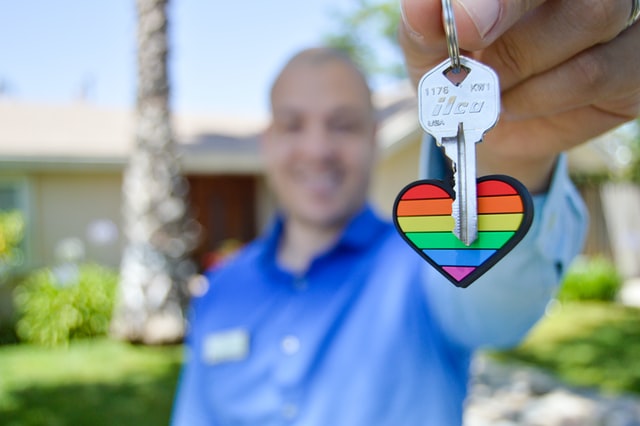Buying a home can be quite overwhelming, especially with all the financial-related obligations you need to consider. Besides choosing the right financial options to help you own a new home, you need to understand the whole process to ensure that everything is financially covered.
One of the things you need to be familiar with is a closing disclosure. A mortgage closing disclosure is a final document you’ll receive before you close on your home loan. This is a legally required, five-page document detailing all the loan terms, monthly payments, fees, and closing costs that you should review before closing day.
With that being said, before you purchase a home, you must compare mortgage rates and find the best financial options to ensure that you have ideal closing terms. Working with mortgage brokers and agents is incredibly helpful, so consider working with a reliable mortgage company.
What is in a Closing Disclosure?
Here are some of the crucial parts of a closing disclosure that you shouldn’t miss out on:
- Loan Terms: When reviewing your closing disclosure, ensure that you accept your loan terms, such as the amount, interest rate, monthly payment, and other fees.
- Projected Payments: These are your monthly mortgage payments, insurance, interest, escrow, taxes, assessments, and more.
- Cost of Closing: This part will show your upfront cost or “settlement cost” and includes your loan cost, lender credits, and how much you’ll need to pay at closing.
- Loan Costs: This shows origination charges like application and underwriting fees and other points you have to pay.
- Calculating Cash to Close: This is an accurate breakdown of all the costs you’ll need to be aware of during closing, including your deposit, credit, and other charges.
- Summaries of Transactions: This gives you a detailed look at your home price, closing costs, seller’s costs, and more.
Numerous parts are included in a closing disclosure, but the most important thing is that you review all of the terms and numbers thoroughly to avoid confusion. By doing this, you can avoid many mistakes and problems during the home purchase process.
How Do You Review a Closing Disclosure?
As mentioned earlier, reviewing your closing disclosure is crucial, and here’s how to do it:
- Ensure that the spelling of your legal name is correct;
- Verify the property address and ensure that it’s accurate;
- Ensure that all terms, loan descriptions, and amount matches what you’ve agreed on;
- Review your loan type, interest rate, monthly payment, and other terms;
- Ensure that you understand all the fees and see if your lender has added new ones;
- Know if your lender will be using an escrow account and learn how it works;
Closing the Deal: Reviewing your Closing Disclosure is a Vital Last Step in the Whole Home Buying Process
There’s no denying that buying a home can be intimidating, especially with all the legal documents you have to review and mortgage rates to compare. But by doing so, you help mitigate the mistakes in the process, allowing you to have a smooth, hassle-free home buying transaction.
How Can We Help You?
When you’re buying a home, there are many things you need to consider — from comparing mortgage rates to ensuring your closing disclosure is accurate. With that being said, you must work with a reliable team who can help you through the whole home buying process.
Here at paloRATE, we are committed to serving our customers with honesty, integrity, and competence. We offer fantastic home loans with competitive interest rates and closing costs. In addition, we also guide borrowers in overcoming roadblocks so they can secure a loan.
Give us a call at (206) 719 2694 and apply for a loan today!






